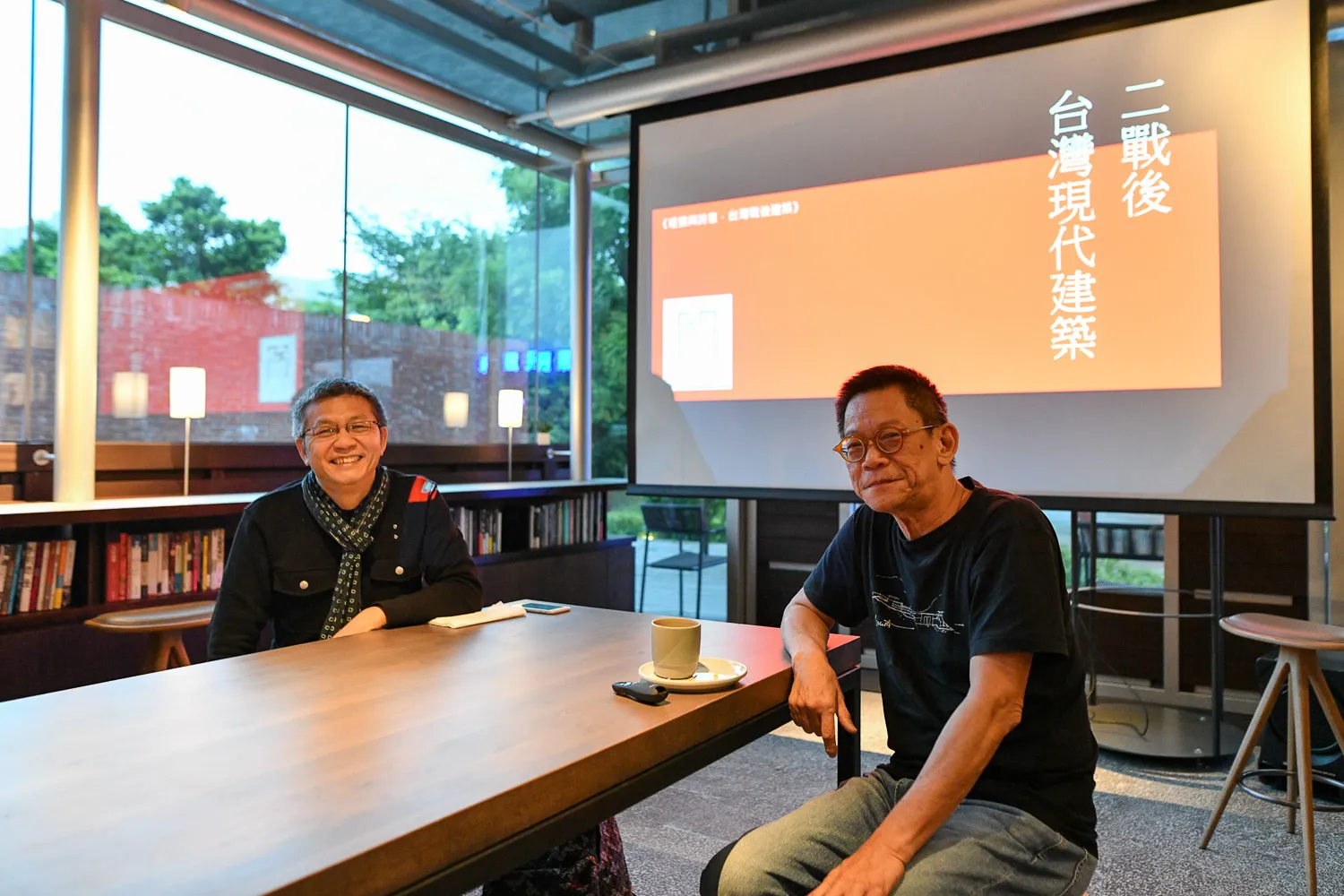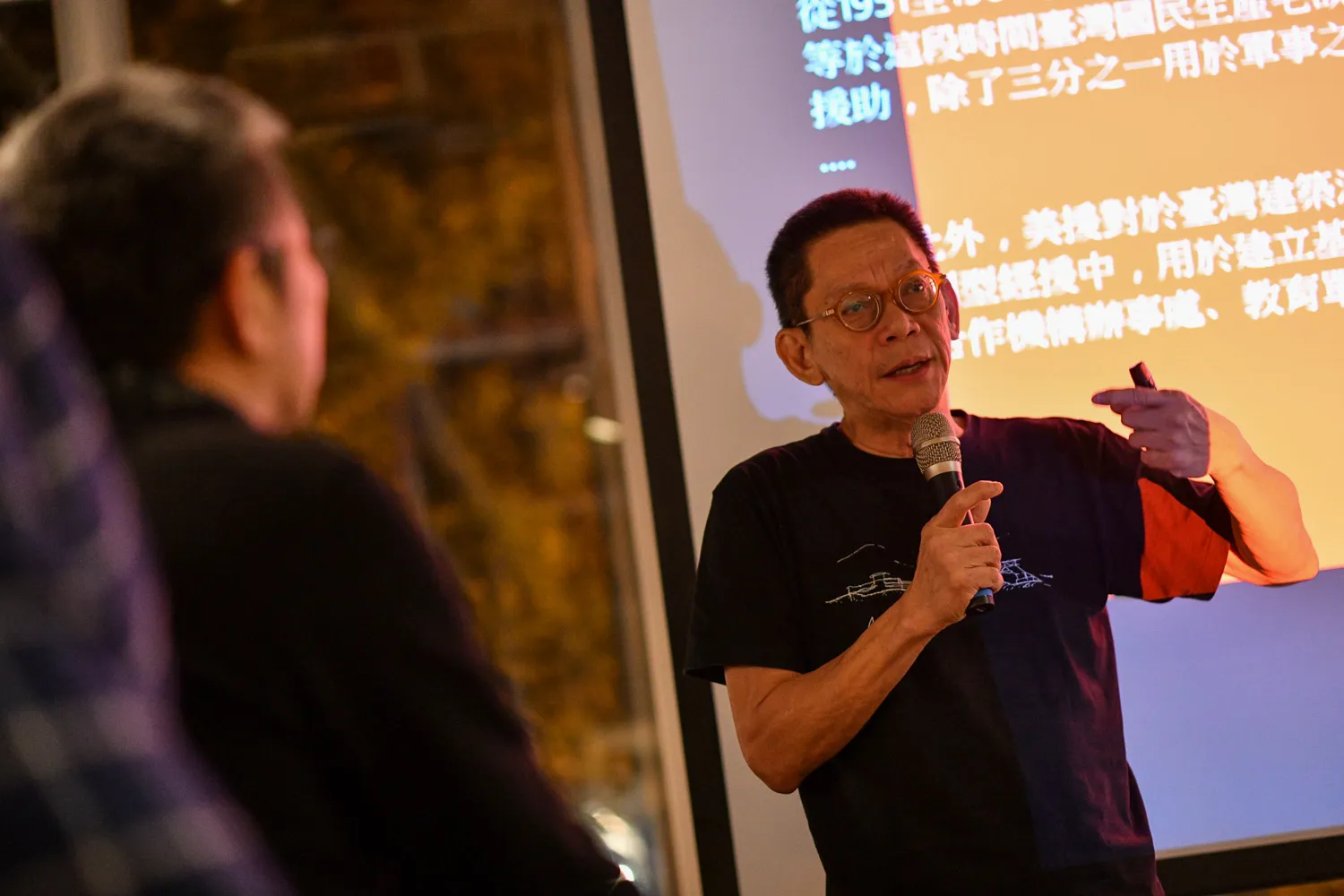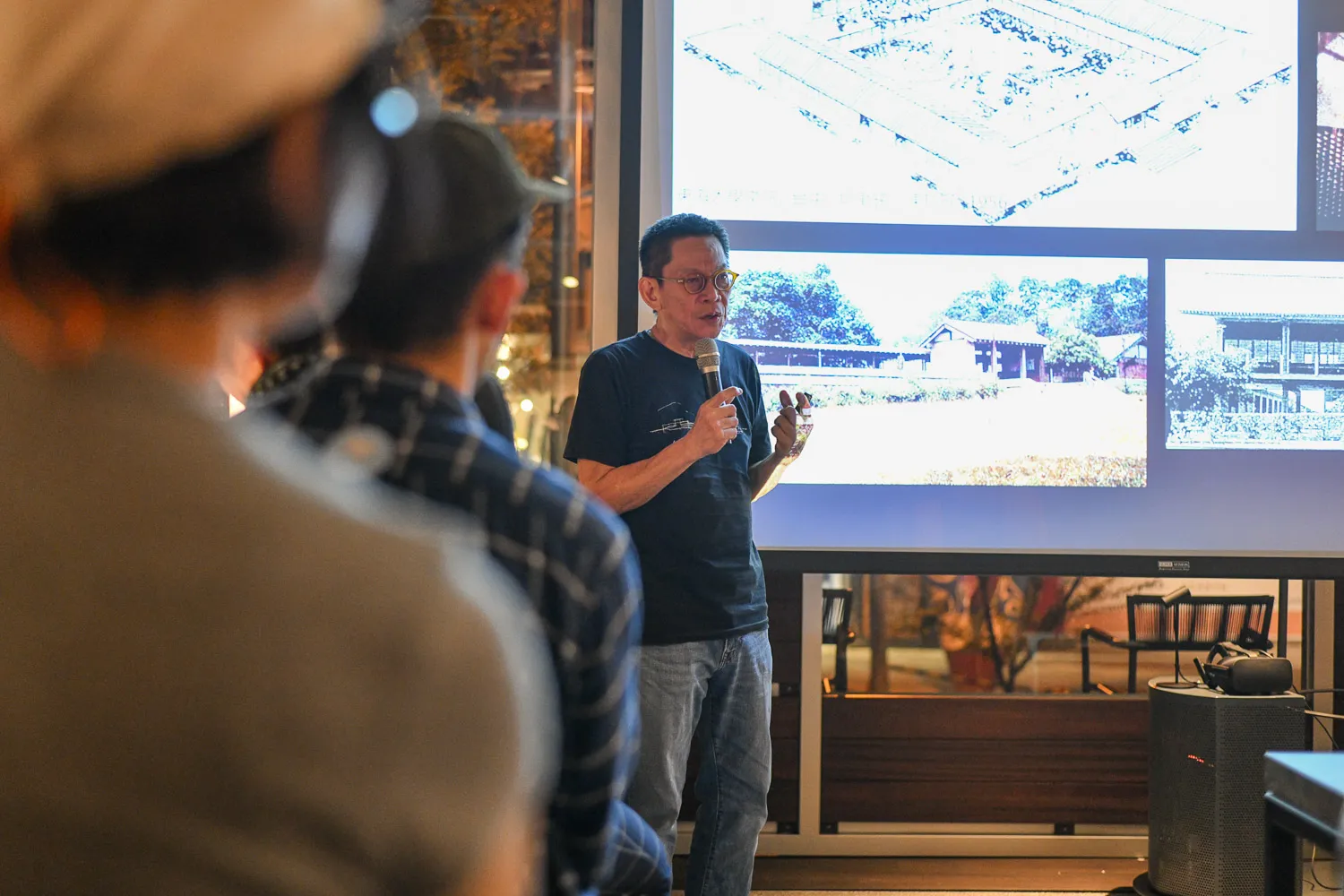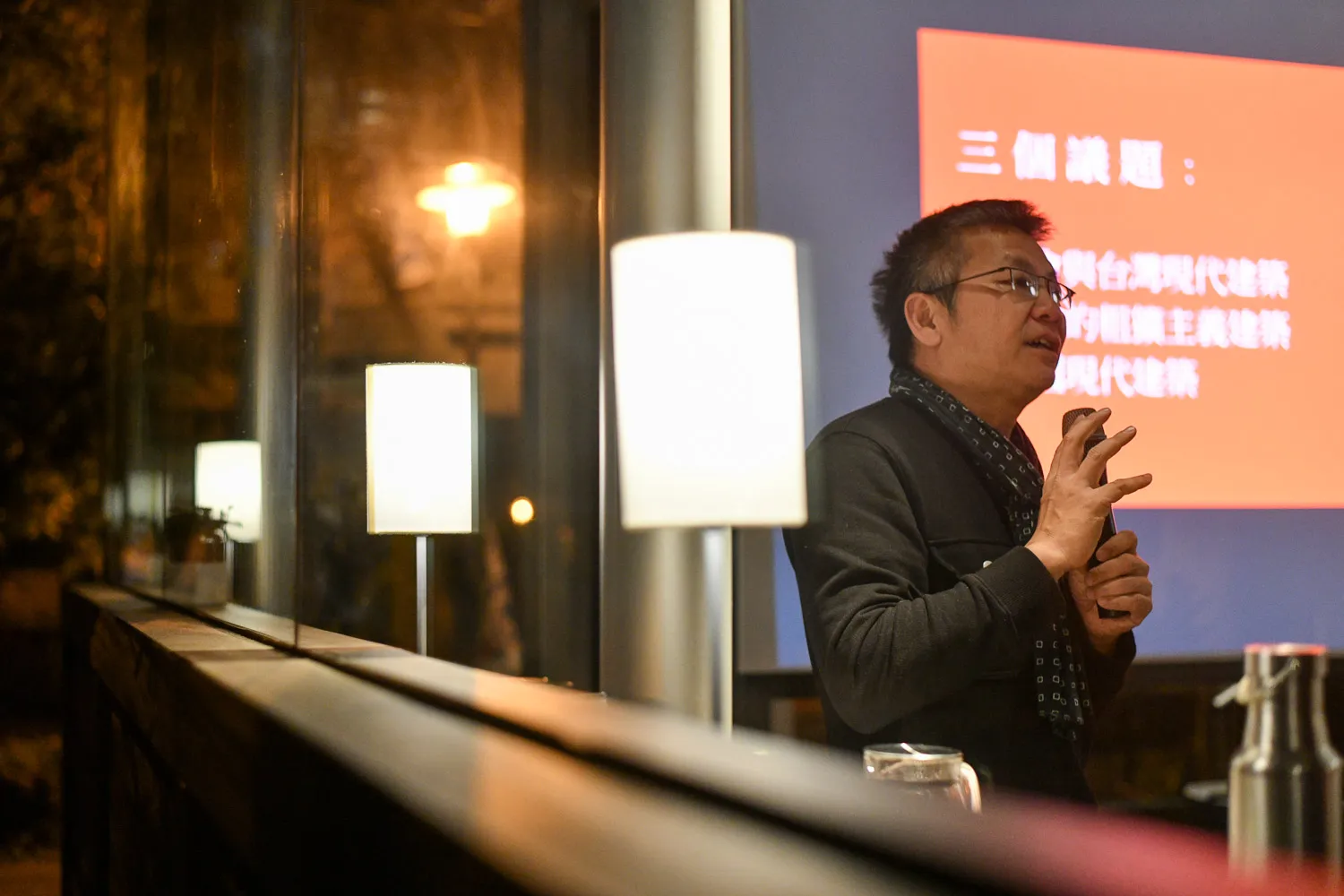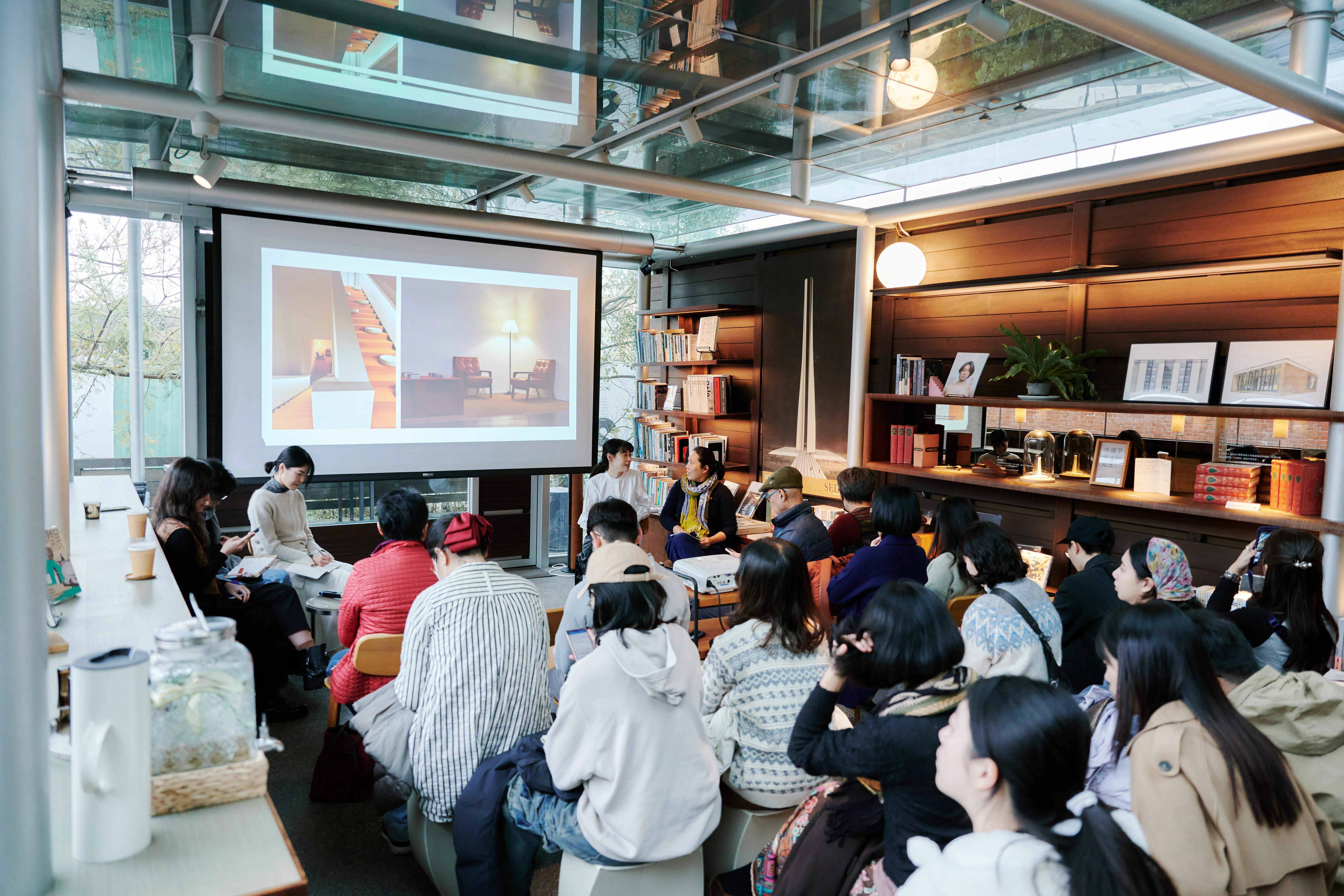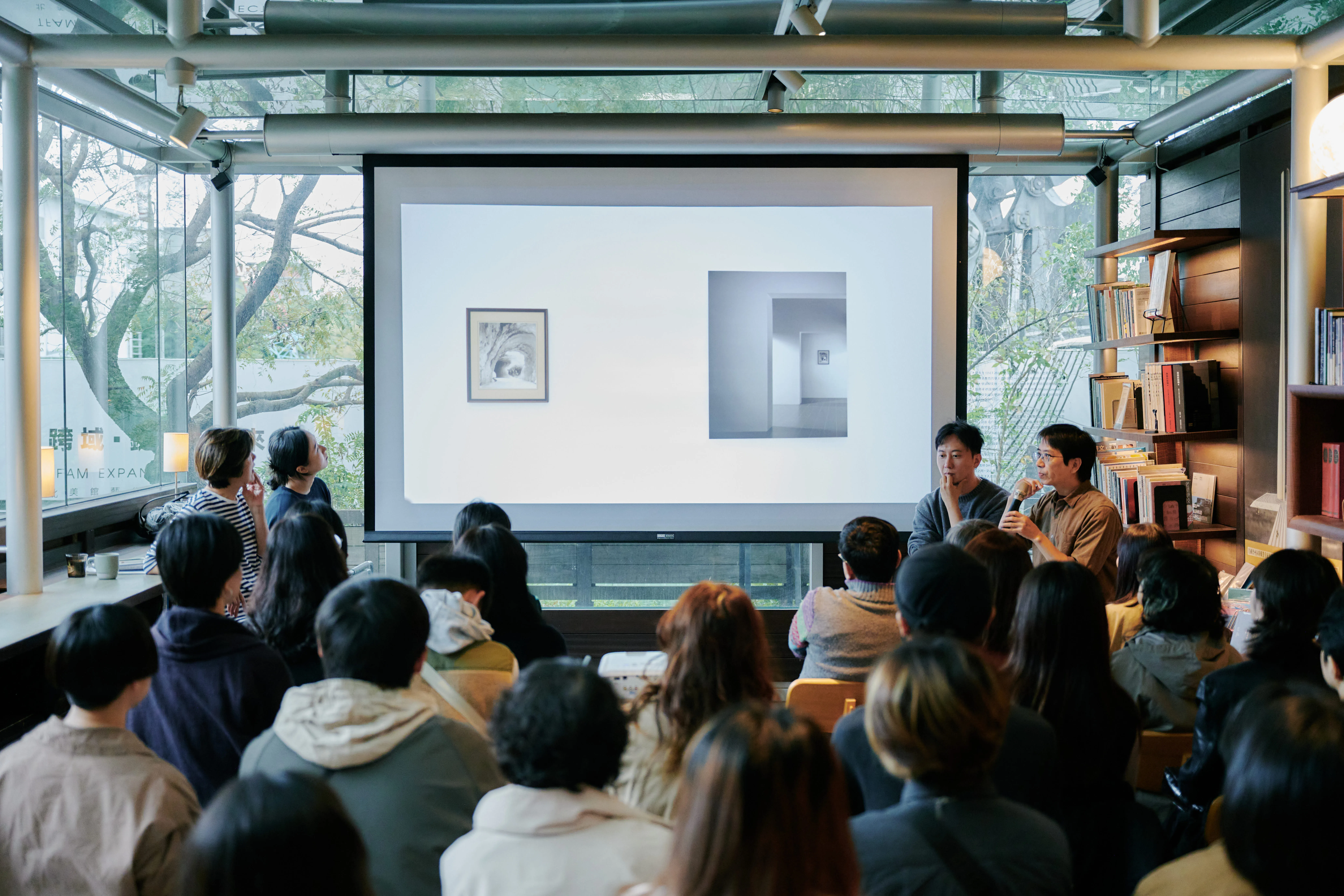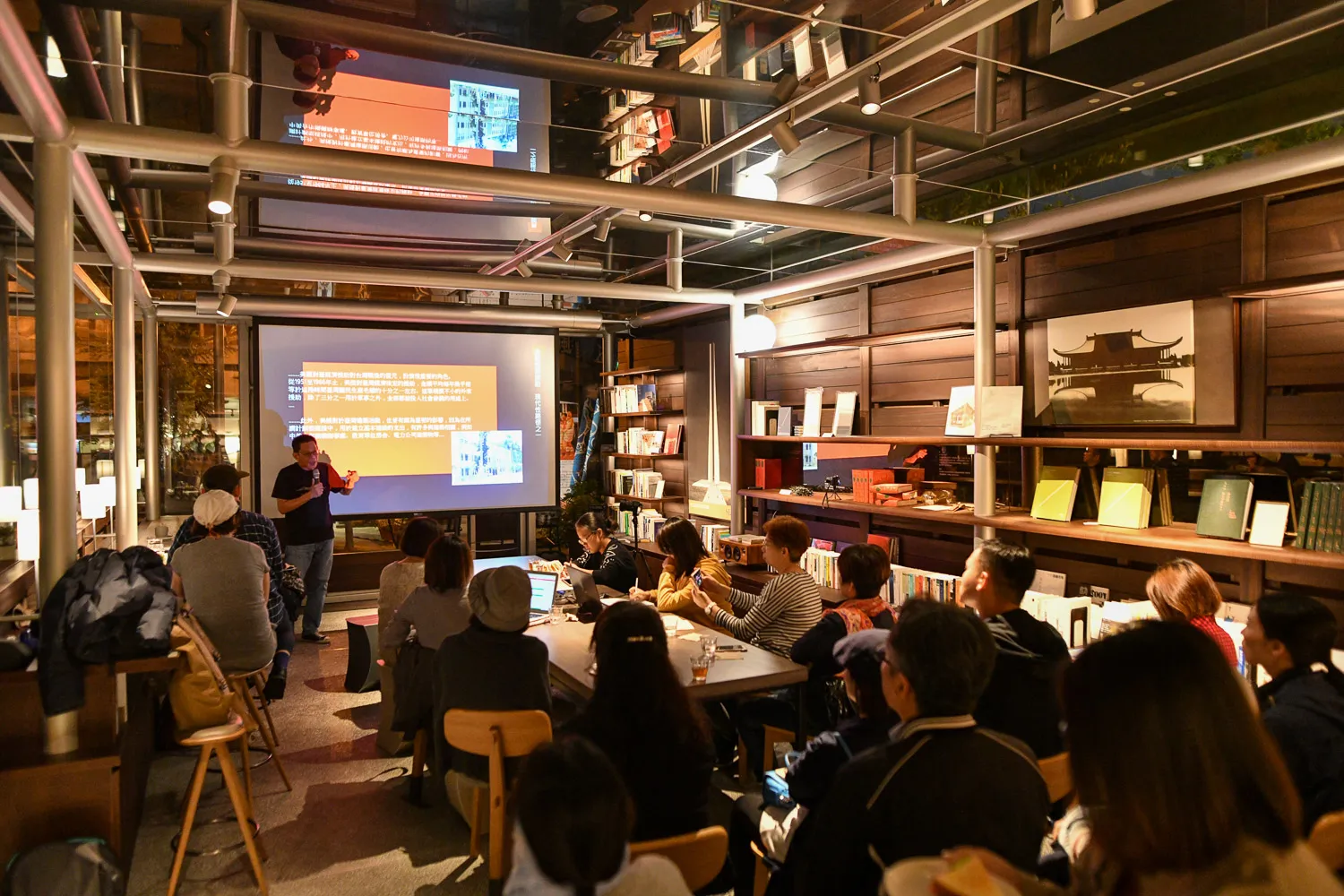
Lecture Series on Bauhaus Centenary and the 1st Memorial Anniversary of Da-Hong Wang| Theme 1: Rustic & Poetic—Architecture in Postwar Taiwan: Modern Architecture in Taiwan after WWII
Speakers
Tseng-Yung Wang Director of Bigda Studio
Chun-Hsiung Wang Director, Department of Architectural Design, Shih Chien University
Location
DH Café (No. 153, Section 3, Zhongshan North Road, Zhongshan District, Taipei City)
Fee
One lecture for $500, including special snacks (sandwiches, desserts, drinks), and 10% discount on event book purchases.
Event Content
After World War II, Taiwan's architecture underwent profound changes, with an impact that has not been closed to date. First, the historicism of the prewar architectural mainstream was replaced almost overnight by modernist architecture. Secondly, the construction professionals were mainly occupied by Japanese people before the war, and the vacuum left behind by Japanese people after the war, was mostly occupied by people from mainland Taiwan after the relocation of the National People's Government. Moreover, there was no professional system of architects before the war, and with the advent of post-war rule by the People's Government, it was imposed in Taiwan. Finally, university architecture education, which was unheard of before the war, also emerged in Taiwan. This series of lectures uses this historical change as a scripture, covering four themes of Modernism, Christian Architecture, Roughism, and Chinese Modern Architecture, and attempts to open up a discussion of this little-noticed history of architecture. The theme is “Theme 1: Rude and Poetic Post-War Taiwan Architecture - Modern Architecture in Post-World War II Taiwan”.
Event Review
The speakers Wang Tzyeong (the King) and Wang Junhsiung (the Little King) pointed out bluntly at the beginning: The development of architecture after the war to this day is a contemporary history that we are in, cannot and should not be explained in the so-called “comprehensive perspective”. But we can still try to understand and think - Taiwan at that time, with skilled construction professionals trained in Japan, and architects with higher education from mainland China, as well as representatives of beauty who were asked to communicate with European and American architectural drawings, and Christian churches all over Taiwan with him. The buildings they bring. These people had just ended their colonialism and had not developed their own modernity on the island, constantly practicing and clashing, leaving many cases of significant impact.
